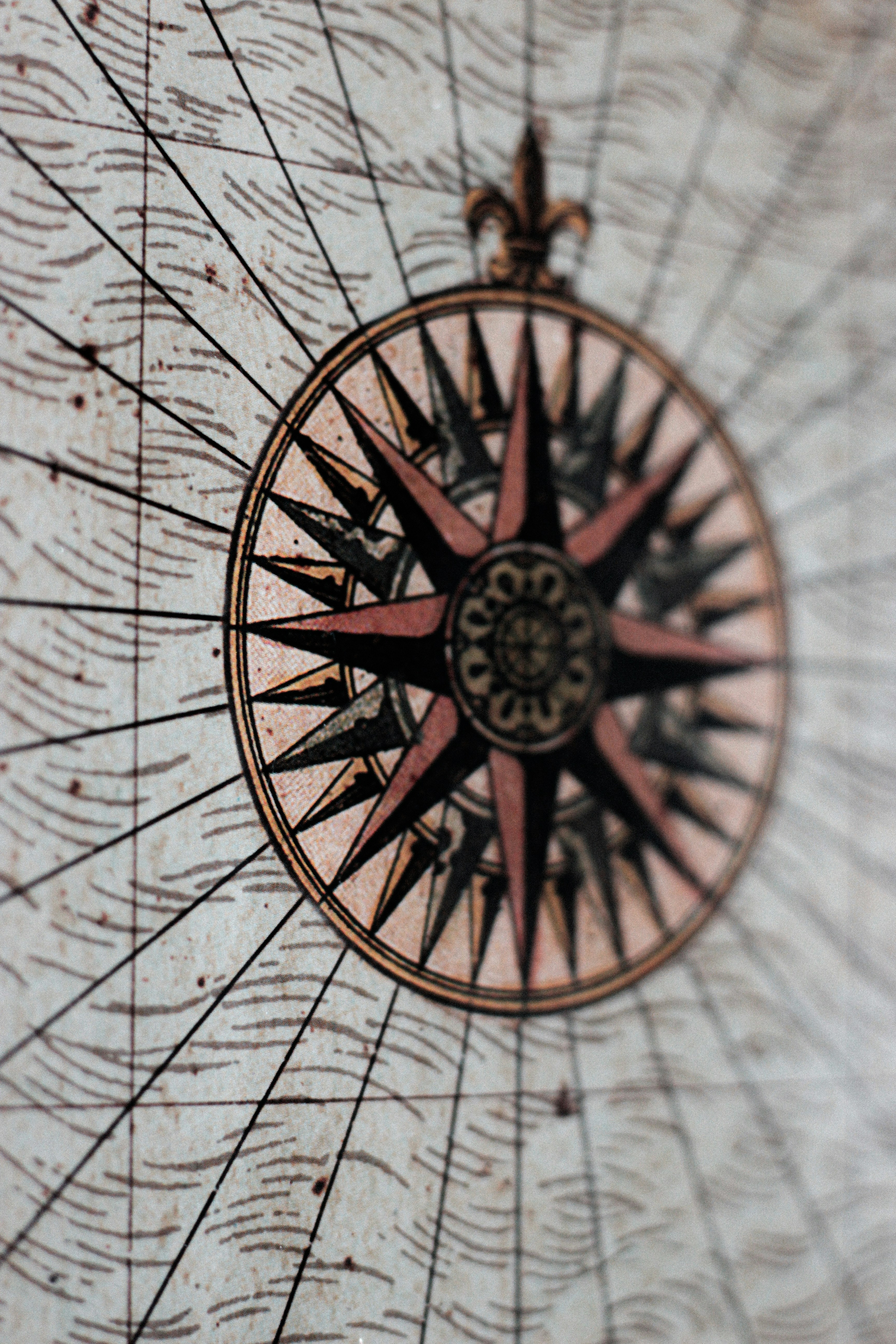
When North Is Not North
In a perfect world, a compass would always point to true north, but there are factors that make this not so.
Two errors have to be accounted for: variation and deviation. Magnetic north is not the same as true north, and this difference is written on the compass rose on the chart of the area you’re cruising. This difference, in degrees, between true and magnetic, is known as variation, which must be compensated for when plotting a position.
Magnetic North
A nautical chart has two compass roses, one inside the other. The outer one always points to true north, and the inner shows, in degrees and minutes, the variation in the area, either east or west of true north. Variation, which is caused by differences in Earth’s structure, differs from area to area and changes by a very small amount each year. This is annotated on the chart inside the inner compass rose. For example, variation changes from about 16 degrees west in Maine to 6 degrees in Florida and 0 degrees in Louisiana.
Deviation
Another compass error that must be accounted for is deviation. Deviation refers to errors in the compass itself that cannot be adjusted out. Factors that affect deviation include nearby boat electronics, electrical wiring, metal fittings, and radio equipment. Other things, such as the boat’s engine, may also affect deviation. Anything magnetic (such as speakers) placed close by will surely increase deviation. To calculate the error in the compass, it must be “swung,” whereby the boat is put on several known headings that are checked against the compass reading. This is typically done by lining up a set of transit marks and comparing the boat’s course to the indicated reading. Any error is corrected by adjusting the built-in magnets on the compass, which are attached to compensator rods.
To keep track of compass deviation, you’ll need a deviation card, which shows the difference in degrees between the compass reading and the actual course shown on the compass. Compasses that are professionally adjusted will be supplied with a card. But if you do the adjustments yourself, you need to make up your own card. Deviation should be no more than a few degrees on each heading, while variation could be quite a bit more, depending on location. Remember, both deviation and variation must either be accounted for when working out the plot on the chart or when communicating a compass course to steer.
No-Pressure Practice
Practice steering a compass course rather than following the chartplotter. It may take some getting used to, but you’ll know how to do it. You’ll have more situational awareness and less strain on your eyes. On a sailboat, an added bonus is that steering by compass can keep you attuned to the wind. As the wind shifts, you may be able to harden up or crack off a few degrees, rather than trying to follow that line on the plotter. Novice helmsmen often complain that the compass is constantly moving, but it’s worth remembering that the compass does not move. It’s the boat that’s moving!
A properly installed and adjusted compass is a valuable navigation tool. Buy the best one your budget will allow, and take good care of it. You’ll be rewarded with years of service and accurate
navigation